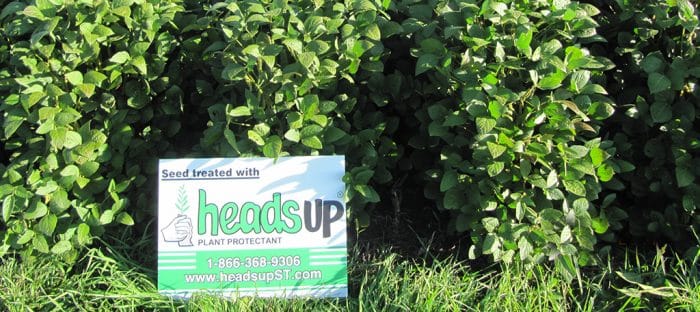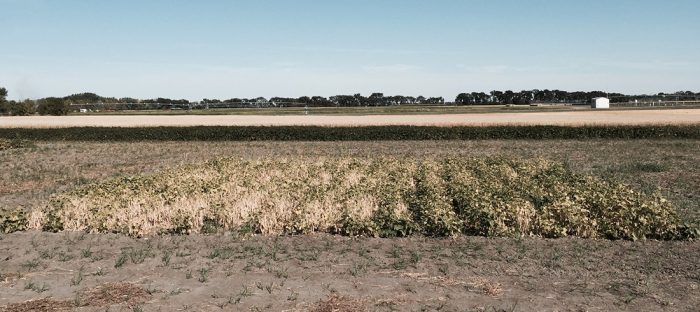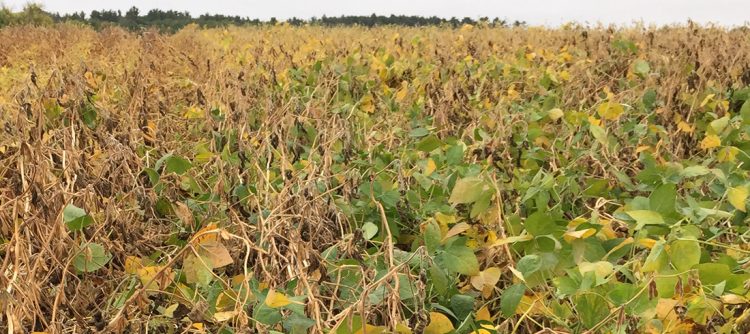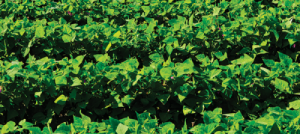As featured in Michigan Farm News, February 28, 2022 White mold produces tough survival structures called sclerotia. Research by X.B. Yang, Ph.D., out of Iowa State University has shown sclerotia can survive in soil for up to seven years, even through crop rotation. If you had white mold in 2020 and are rotating back to soybeans […]









